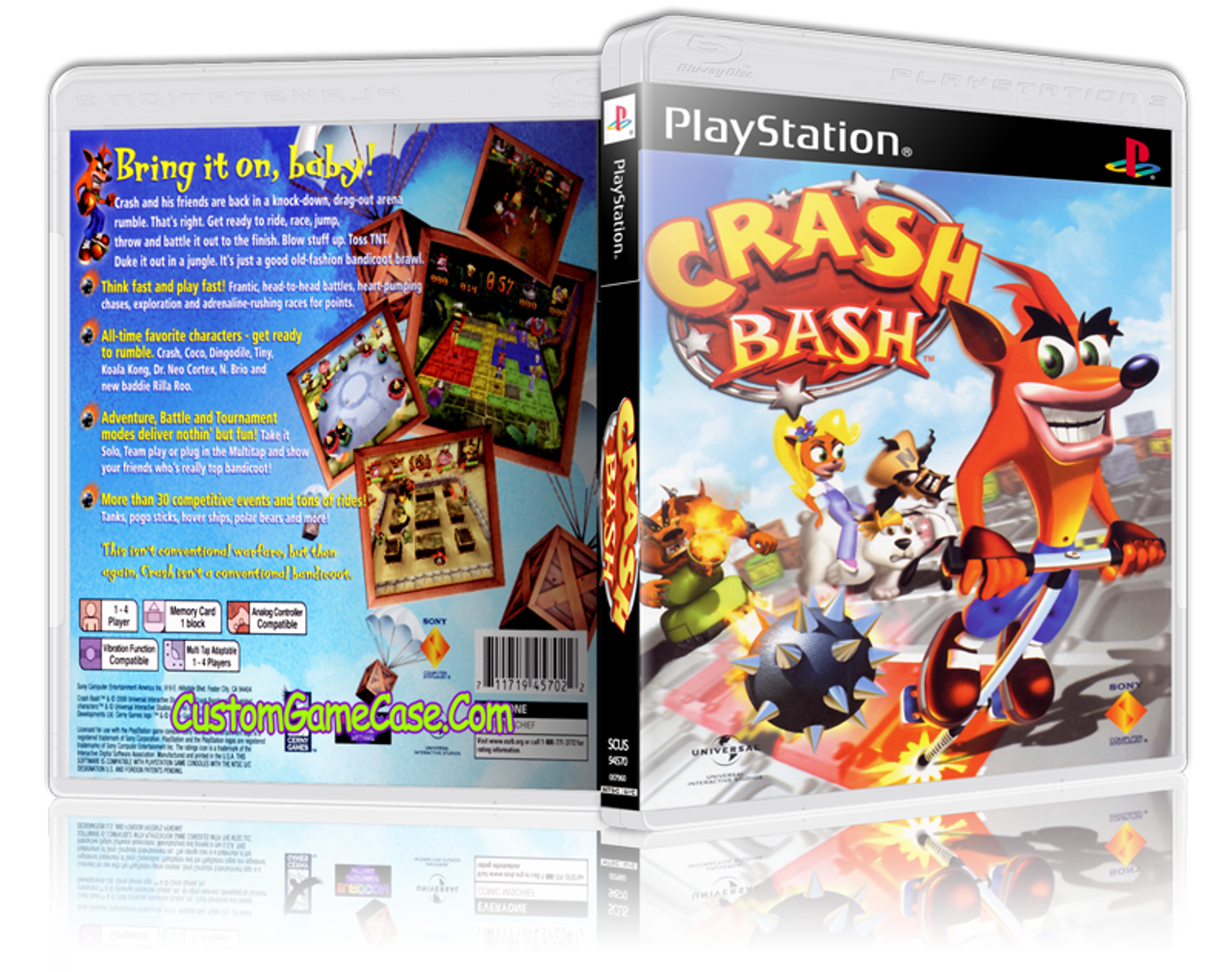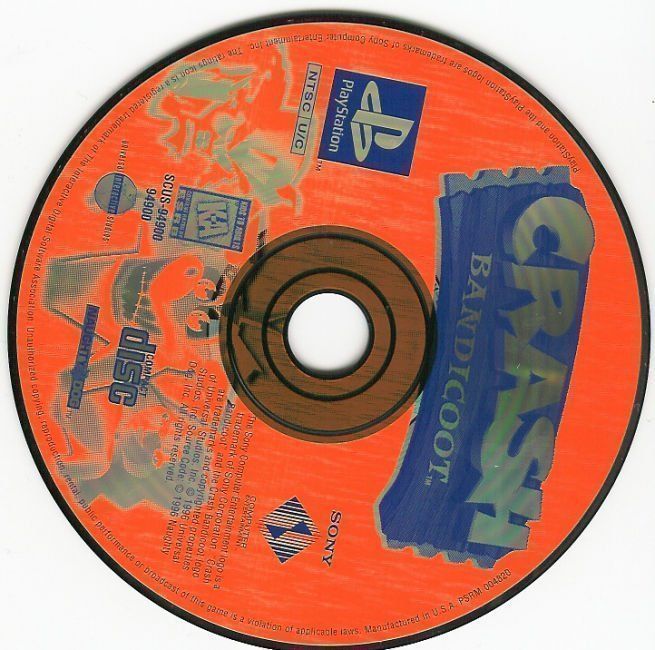When you hear the name Crash Bandicoot, you probably think of it as Sony's platformy, mascoty answer to Mario and Sonic. Before getting the full Sony marketing treatment, though, the game was developer Naughty Dog's first attempt at programming a 3D platform game for Sony's brand-new PlayStation. And developing the game in 1994 and 1995—well before the release of Super Mario 64—involved some real technical and game design challenges.
Crash Bandicoot is the titular character and main protagonist of the series of the same name. He is an Eastern Barred Bandicoot living on N. Sanity Island, who was captured and evolved by Dr. Throughout the series, Cortex is Crash's usual arch-enemy and is always defeated by Crash in order to keep peace around the island.

- Your favorite marsupial, Crash Bandicoot®, is back and he’s enhanced, entranced & ready-to-dance! Now you can experience Crash Bandicoot like never before in fully-remastered HD graphical glory. Take on the epic challenges and adventures of the three games that started it all, Crash Bandicoot®, Crash Bandicoot® 2: Cortex Strikes Back and Crash Bandicoot®: Warped.
- In the tradition of great 3-D action jumping games, Crash Bandicoot is probably the PlayStation equivalent of the groundbreaking Nintendo 64 title Super Mario 64. Now repackaged as one of PlayStation's Greatest Hits, this top-selling game takes you away on a tropical island adventure that is filled with precarious enemies and challenging levels.
- Crash Bandicoot Review Players looking for an old-school platform game with uncanny visual effects will certainly find it here. By Gamespot Staff on December 1, 1996 at 12:00AM PST.
- Sanity Beach, Jungle Rollers, The Great Gate, Boulders, Upstream and Papu Papu.
In our latest War Stories video, coder Andy Gavin walks us through a number of the tricks he used to overcome some of those challenges. Those include an advanced virtual memory swapping technique that divided massive (for the time) levels into 64KB chunks. Those chunks could be loaded independently from the slow (but high-capacity) CD drive into the scant 2MB of fast system RAM only when they were needed for Crash's immediate, on-screen environment.
Crash Bandicoot Ps1 Pc
The result allowed for '20 to 30 times' the level of detail of a contemporary game like Tomb Raider, which really shows when you look at the game's environments. Similar dynamic memory management techniques are now pretty standard in open-world video games, and they all owe a debt of gratitude to Gavin's work on Crash Bandicoot as a proof of concept.
Squeezing memory for stretchy animation
Ps3 Crash Bandicoot
Getting expressive, stretchy Warner Bros.-style animation was also a priority for Gavin and partner Jason Rubin—so much so that Crash himself used up 600 of the 1,500 polygons they got the PlayStation to render for every animation frame. But those characters would still look too stiff if they used the standard 'skeletal' 3D animation of the day, which layered body part on top of virtual 'bones' that moved a bit robotically.

Crash Bandicoot Ps1 Model
 Advertisement
Advertisement To get around that, the Naughty Dog team pre-baked and stored positional animation data for all of Crash's 500 different vertices across every in-game animation. Getting all that data to fit on the PlayStation's limited hardware, though, involved writing a custom compression algorithm that threw out unnecessary data for vertices that didn't move as much. The result was a '50 or 80 to 1 compression,' Gavin recalls, a huge savings that allowed for much more fluid and cartoonish animations.
Crash Bandicoot Ps1 Images
Watch the full video for more stories about how Naughty Dog hacked the PlayStation's built-in code libraries to their bone to maximize the available memory and mathematical speed on the largely untested hardware. Also tune in to figure out which dimension the team decided to restrict in order to avoid the 'empty space' problem inherent in many early 3D platformers (hint: it's a dimension the characters in Doctor Who have a lot of experience manipulating).

